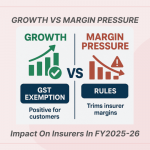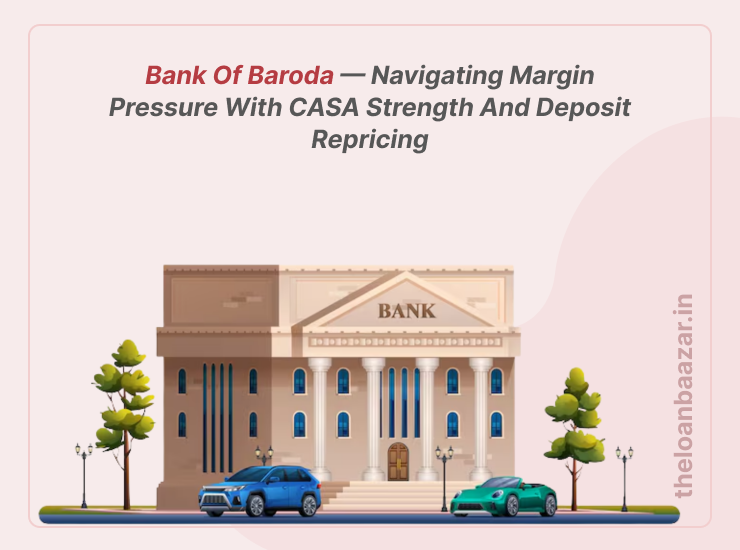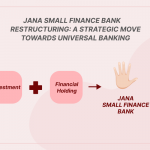Bank of Baroda (BoB), one of India’s leading public sector banks, reported a slight dip in net interest margins (NIM) during Q1 FY26, with margins slipping to 2.91%, down 7 basis points sequentially. Despite this near-term pressure, the bank remains confident about a rebound in the second half of FY26. The optimism is anchored on deposit repricing, strong CASA performance, calibrated rate cuts, and stable asset quality.
Understanding the Margin Compression
Q1 NIM Decline
The bank’s domestic NIM fell by 10 bps, even as international margins showed signs of stability. This contraction was primarily driven by rising deposit costs.
Why the Pressure?
Banks across the sector are experiencing similar challenges. The lag between loan rate adjustments and deposit rate reductions has created a margin squeeze. For Bank of Baroda, deposit repricing has taken longer, temporarily impacting earnings.
Why H2 FY26 Brings Optimism
Deposit Repricing Tailwinds
A large share of term deposits (around 70–80%) is expected to roll over at lower rates by September 2025. This could reduce overall deposit costs by 15–17 bps, giving NIMs the much-needed support.
CASA — A Competitive Edge
With a CASA ratio of ~39.3%, among the best in its peer group, Bank of Baroda enjoys a relatively low-cost funding base. This positions the bank strongly against ongoing cost pressures.
Impact of Rate Cuts
Recent savings deposit rate cuts in June–July are expected to further reduce funding costs, adding momentum to margin recovery.
Strong Asset Quality
The bank continues to manage risks prudently. Special Mention Accounts (SMA) remain low at 0.12%, excluding a few cyclical government-linked exposures. Slippages are largely linked to one fully secured international account, which is expected to be resolved soon.
Supportive Non-Interest Income
BoB’s profitability is also supported by steady recoveries from written-off accounts (₹7.5 billion per quarter) and adequate provisioning buffers, creating resilience against earnings volatility.
Medium-Term Lending Strategy
Focus on RAM (Retail, Agriculture & MSME)
The bank is strategically shifting its lending portfolio, aiming for 64–65% share from retail, agriculture, and MSME loans. Innovative offerings such as unsecured overdrafts and supply chain financing are expected to drive this growth.
Cautious Corporate Lending
While moderating exposure to large corporates, BoB continues to emphasize secured retail and MSME lending to safeguard asset quality.
Ambitious Growth Outlook
For FY26, the bank is targeting 13–15% loan growth and 13% deposit growth. Longer-term plans include doubling its balance sheet within five years, supported by the addition of 500 new micro-market branches.
Conclusion
Bank of Baroda’s strategy reflects a careful balancing act—managing near-term margin headwinds while preparing for medium-term growth. By leveraging CASA deposits, deposit repricing, prudent lending strategies, and diversified income streams, the bank is positioning itself for a margin rebound in H2 FY26.













